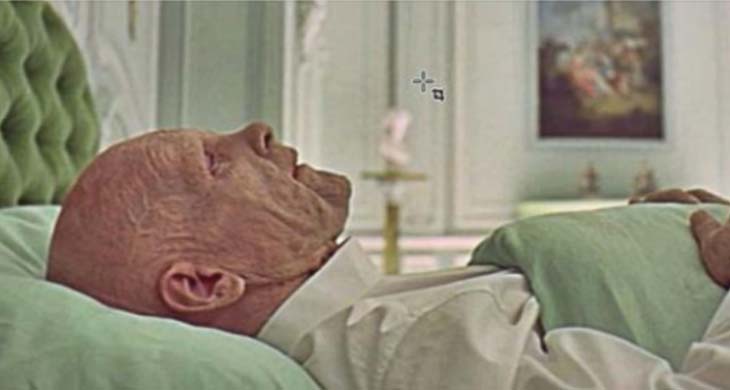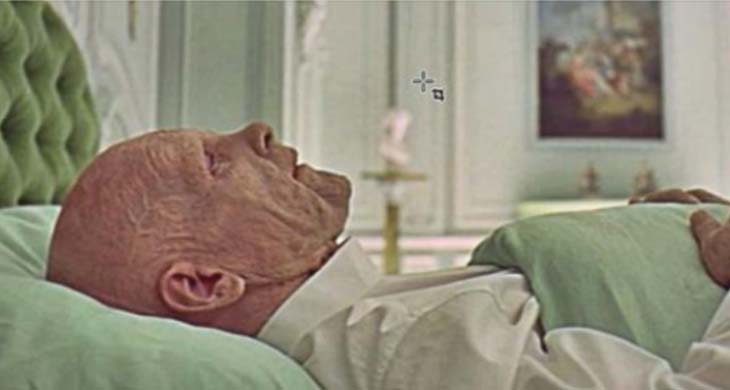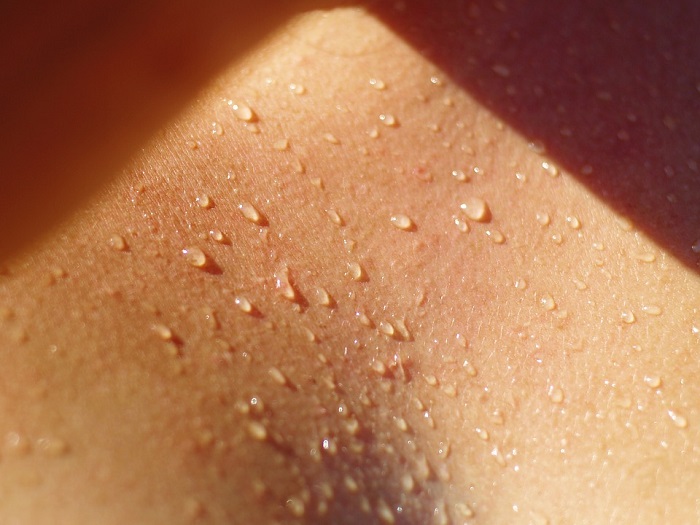A Study Reveals Your Body Knows When Death Is Near, And It All Begins In The Nose

Losing a loved one can be devastating. We end up feeling hopeless and defeated about life. Because it affects us mentally, emotionally, and spiritually, it is the hardest thing in the world to deal with.
You can’t expect to be able to handle it in a single day.What has been shattered by the loss of a loved one must be given time to mend.
Even now, the mental trauma you must have gone through at that time takes years to fully recover from.

Though some might claim it’s just a coincidence, others are certain that humans can sense when their time is running out.It is normal to try to comprehend someone we care about passing away or to simply conjure up what might occur in those closing minutes. Scientists are aware that as soon as a person passes away, their body starts to deteriorate.
For instance, the smell of putrescine, which is produced during decomposition, is nasty and dangerous. Researchers now understand that people unconsciously detect this foul smell. Additionally, when the smell is emitted, a reaction happens right away.
Animals are able to recognize the smells of other people and can react accordingly. This is the same as recognizing danger, whether it comes from a predator or a larger, more powerful member of their group.

Animals and people may not be that dissimilar after all, according to research by Arnaud Wisman of the University of Kent’s School of Psychology in Canterbury, UK, and Ilan Shira of the Department of Behavioral Sciences at Arkansas Tech University in Russellville, AK.
Across all species, survival depends in part on the capacity to identify chemical odors. Humans receive the death warning through smell.

Putrescine, a rotten-smelling organic chemical compound similar to cadaverine, is created when amino acids in living and dead organisms break down, making it a chemical that is released during the decomposition of a body. It also serves as a secondary warning signal.
Exposure to this smell causes people to react both consciously and unconsciously.

Putrescine, ammonia, and water were used in four distinct studies to examine how people responded.
People immediately started to leave the area when putrescine was introduced in one of the studies.

The fight-or-flight response is the same reaction here.
There are just two options available to animals when they perceive genuine danger: they can either confront the threat or flee from it. People behave similarly, according to the study.

Humans are also sensitive to other odors, such as sweat.
Separate investigations have demonstrated that when persons were exposed to others’ smells while sweating, it produced an automatic and startled behavior.

“We do not know why we like (or dislike) someone’s smell, and we’re usually not aware of how scent influences our emotions, preferences, and attitudes,” explain Wisman and Shira.
“It is hard to think of a scent as frightening,” say other two leading researchers. These scents make people more aware and vigilant of their surroundings.

The default response of a human to danger is not to engage in combat.Any form of conflict, whether it be verbal or violent, is generally avoided.
Most of the time, people decide to keep their distance until a fight is their only alternative.

Putrescine and sex pheromone are based on scent, yet the reactions may differ from one another.P utrescine serves as a warning signal, but sex pheromones, chemicals generated by the body to attract a mate, do the opposite.
“Putrescine signals a different type of message than pheromones, but people’s responses to putrescine (avoidance and hostility) do seem indeed to be the opposite of responses to many sexual pheromones,” explain researchers.

During the study, people were not aware they had a negative reaction to the scent.
“People are not familiar with putrsescine and do not consciously associate it with death or fear,” admits Wisman and Shira.




